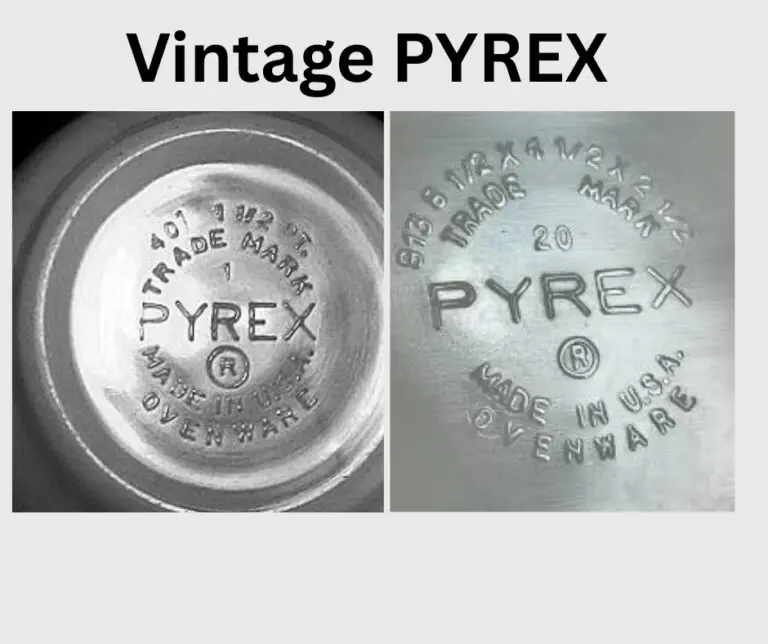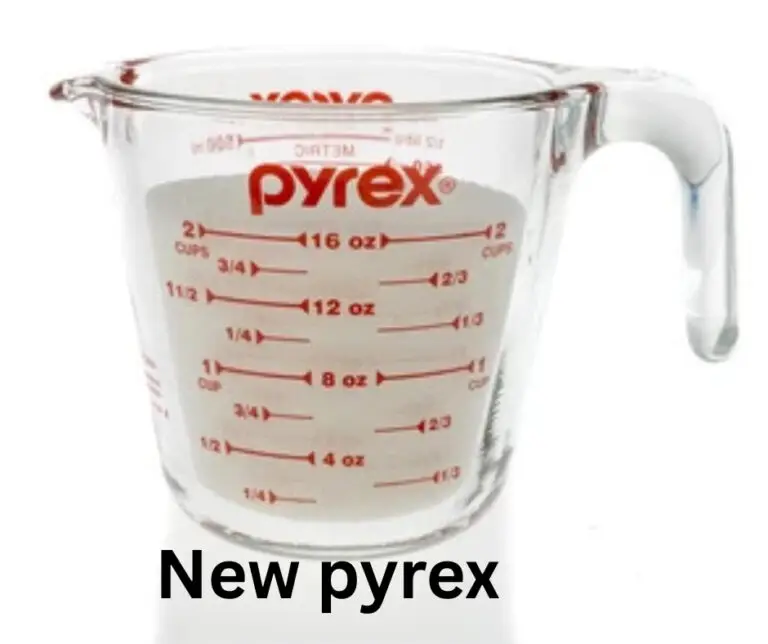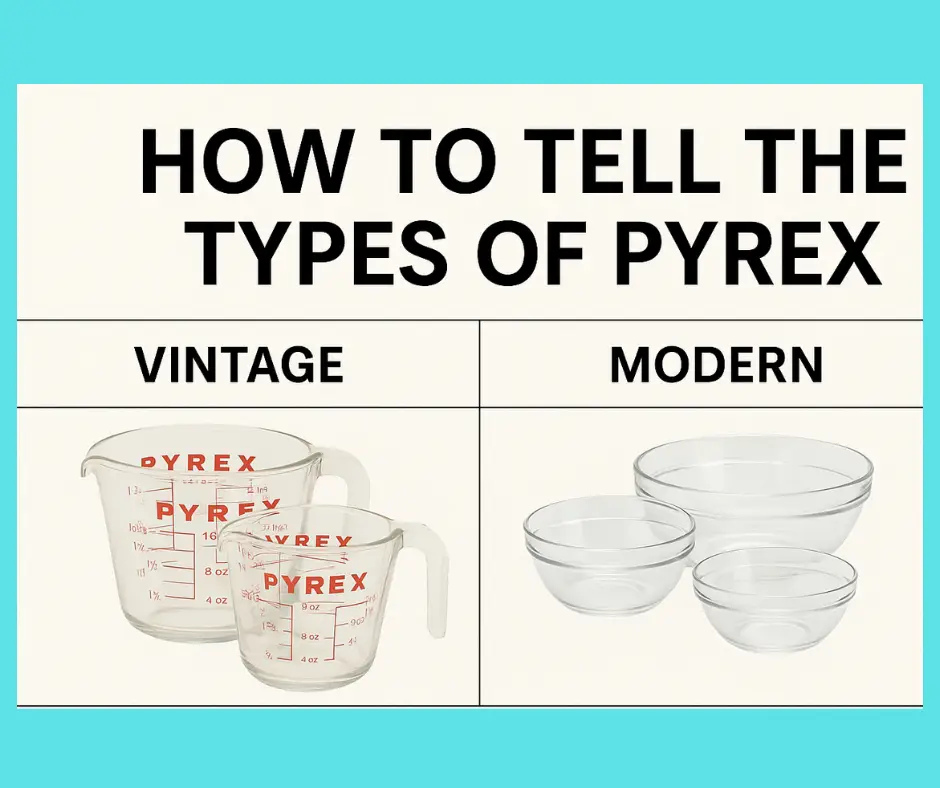If you’ve spent time in a kitchen or browsed a thrift store’s cookware aisle, chances are you’ve encountered Pyrex. This iconic brand has been a staple in American kitchens for over a century, but not all Pyrex is created equal. In fact, there are two very different types of Pyrex, and knowing the difference can impact both your safety and your cooking results.
Here’s how to tell them apart—and why it matters.
🔥 The Two Types of Pyrex: Borosilicate vs. Soda-Lime Glass
1. Borosilicate Pyrex (Vintage Pyrex)
Made Before 1998 (in the U.S.)
Material: Borosilicate glass
Thermal Shock Resistance: Excellent
Oven, stovetop, and freezer safe
Less likely to shatter under temperature changes
Borosilicate glass is a type of glass that includes boron trioxide, which makes it more resistant to thermal shock. This means it can go from freezer to oven without cracking. It was the original formula for Pyrex when it was introduced by Corning in 1915.
2. Soda-Lime Glass Pyrex (Modern Pyrex)
Made After 1998 (in the U.S.)
Material: Soda-lime glass
Thermal Shock Resistance: Moderate to poor
Oven safe, but NOT safe for drastic temperature changes
Can shatter if taken from the fridge or freezer straight to the oven
Production methods changed when Corning sold the Pyrex brand to World Kitchen (now Instant Brands). Modern Pyrex is now made with soda-lime glass, which is cheaper to manufacture but more prone to shattering from rapid temperature changes.
How to Tell Which Type You Have
Check the Logo:
PYREX (All Caps, Thick Font): Vintage, borosilicate glass (pre-1998)
Pyrex (Lowercase, Thin Font): Modern, soda-lime glass (post-1998)
PYREX (All Caps, Newer Style): May still be soda-lime if made after 1998—logo alone isn’t always definitive
Look for a Stamp:
Check the bottom for embossed markings like:
“Made in USA”
A numeric model code
Older dishes may say “PYREX®” with patent numbers or “Trademark”
Test the Weight and Feel:
Vintage Pyrex feels heavier and sturdier
Modern Pyrex is often lighter and has smoother, mass-manufactured edges
Know the Color and Style:
Vintage Pyrex mixing bowls and bakeware came in collectible colors and patterns (think pastel pinks, turquoise, Snowflake, Gooseberry)
Clear glass Pyrex can be either type, so rely more on the logo and embossing for identification
⚠️ Why the Difference Matters
Safety
Borosilicate Pyrex is far more resistant to thermal shock, meaning it’s much less likely to crack or shatter when exposed to temperature changes. Soda-lime glass, on the other hand, can fail catastrophically if taken from freezer to oven, or even from hot oven to a cool countertop.
Durability
Vintage Pyrex is beloved not just for nostalgia, but because it lasts. It can often be handed down through generations with minimal wear.
Collectibility
Colorful vintage Pyrex has become highly collectible. Knowing how to identify it can help you score a valuable piece at a garage sale or thrift store.

Care Tips for Both Types
Avoid sudden temperature changes with any Pyrex.
Never place hot Pyrex on a wet or cold surface.
Don’t use modern Pyrex on the stovetop, under a broiler, or directly on a flame.
Hand washing is best for vintage patterned pieces to preserve their design.


